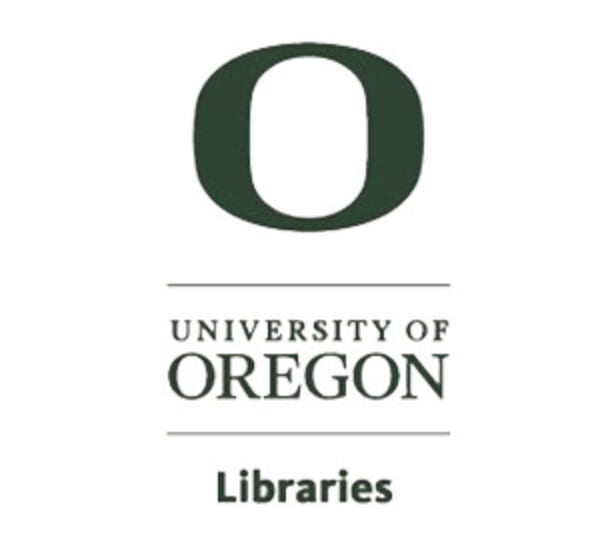Translating UO Campus Maps to Spanish

Image created by Tony Figoli for Spanish 228, Spring 2020
“The political economy of learning … is based on the principle that learning occurs most effectively, and with the greatest positive acceptance on the part of the learners, when the educational environment empowers the learners, and engages them in the active exercise of their individual and collective powers,” (Gintis as cited in Solórzano, 1989).
The University of Oregon is home to an innovative Campus GIS & Mapping Program. The interactive campus map they have produced has several layers including accessibility, all gender restrooms, bee campus (honey bees, etc.), and indigenous UO. As a member of the Dreamers Working Group (DWG) Steering Committee and Co-chair of the Community Engagement Committee (CEC), Bronwen Maxson (UO Libraries Undergraduate Engagement Librarian and Subject Specialist for Spanish, Portuguese, and Latin American Studies) is collaborating on an effort to translate campus maps (the interactive GIS map and Transportation Services’ parking map) to Spanish. This project is also in anticipation of a need to translate UO maps to more languages before the World Athletics Championships in 2022 and other global events the UO hosts.
Drawing on critical pedagogy1, and in an effort to ensure the language used in the translation reflects the actual Spanish spoken in Oregon and by our students, Bronwen reached out to the Spanish Heritage Language Program to collaborate. In partnership with Senior Instructor, Heather Quarles, Bronwen set up a digital project with two sections of Spanish 228 to translate the top 500+ map labels. As the project grows, the students in future classes will contribute to more translations as well as research related to local Latinx history that has a geographical component. Throughout this project, Bronwen and Heather are considering pedagogical approaches to ensuring the work is meaningful for students, reflects their voices, but does not add to their emotional burden during the COVID-19 crisis.
Bronwen recorded an introductory video in Panopto in Spanish to introduce students to the project, as well as why she, as a librarian, is involved. Firstly, we (students, staff, and faculty) are all a part of the campus and wider Eugene-Springfield community and have a stake in how our community is represented. In addition, librarians are information professionals who are not only interested in books, but also data. Simply put, a map is information, it is data organized in a way that communicates something meaningful. Librarians, just like professors and instructors, are interested in giving wide access to the world’s knowledge and making it easier for people to find information.
For collaboration and advice, Bronwen and Heather would like to thank Ken Kato and Brook Eastman (Campus GIS and Mapping), Josh Kashinsky (UO Transportation Services), Kathy Stroud, Gabriele Hayden, and Kate Thornhill (UO Libraries), and the DWG CEC members, who have advocated for this map to become a reality.
Notes
